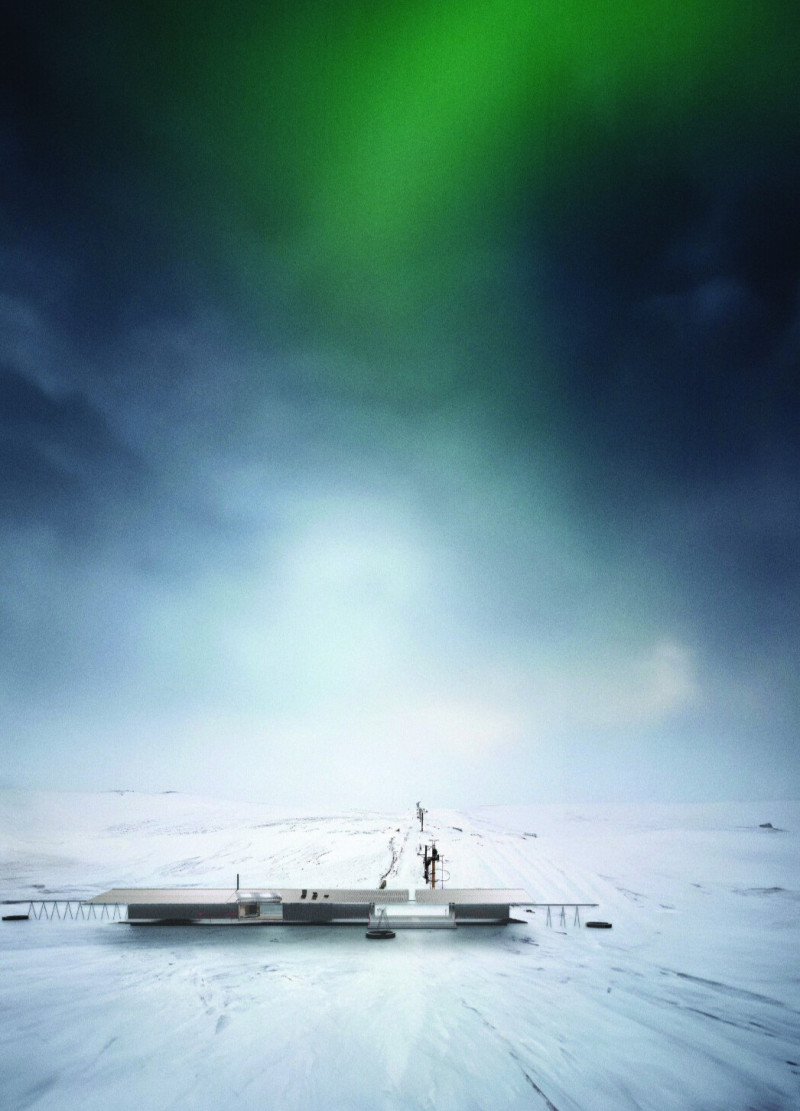5 key facts about this project
At its core, the project represents a commitment to modern living, offering a versatile space that can adapt to various functions. It caters to [specific needs, such as residential, commercial, recreational, etc.], creating an inclusive environment that promotes interaction among its users. The careful consideration of spatial organization ensures that the layout enhances user experience, fostering a sense of community while also providing private areas for contemplation and relaxation.
Central to the project’s design is the innovative use of materials that reflect both the cultural context and sustainable practices. Concrete, glass, wood, steel, and stone have been meticulously selected not only for their aesthetic appeal but also for their durability and environmental impact. The combination of these materials results in a visually cohesive structure that resonates with its surroundings. For instance, the use of glass facilitates natural light penetration, reducing the need for artificial lighting and enhancing the overall atmosphere inside the building. The warm tones of wood contribute to a welcoming environment, inviting residents and visitors alike to engage with the space.
The architectural details further illustrate the project's unique approach to design. The facade, marked by a [describe specific facade elements, such as textures or patterns], creates a visual rhythm that draws the eye and reflects the interplay of light and shadow throughout the day. Additionally, strategically placed windows and openings not only frame views of the surrounding landscape but also encourage natural ventilation, promoting a healthier indoor climate.
Another notable aspect of the architecture is its landscape integration. Outdoor spaces, including [mention specific outdoor features, such as terraces, gardens, or courtyards], are essential components of the overall design, providing areas for relaxation and socialization. These outdoor environments enhance biodiversity, encouraging native plant species and fostering a connection between residents and nature. By prioritizing green spaces, the project acknowledges the importance of ecological responsibility within its design ethos.
The innovative approach extends to the building's energy efficiency. Incorporating features such as [mention specific sustainable technologies, like solar panels or rainwater harvesting systems], the project aims to minimize its carbon footprint. These systems not only contribute to the building's operational efficiency but also educate users about sustainable practices, enhancing community awareness regarding environmental concerns.
Each element of the project reflects a deep understanding of architectural principles, balanced with a forward-thinking vision that anticipates future needs. By intertwining aesthetics with purpose, the project successfully creates a functional, sustainable, and inviting environment. This thoughtful design process culminates in an architecture that resonates with contemporary values while acknowledging the historical and cultural narratives of its location.
Further exploration of this project can provide valuable insights into its architectural plans, sections, and designs. Whether you are an industry professional seeking inspiration or simply interested in contemporary architectural ideas, delving deeper into the project presentation will illuminate the strategies and considerations that shaped its realization. This exploration not only enhances appreciation for the craftsmanship involved but also encourages a broader discussion on the integration of architectural design within community settings.


 Dominik Fritz Stoll,
Dominik Fritz Stoll, 























